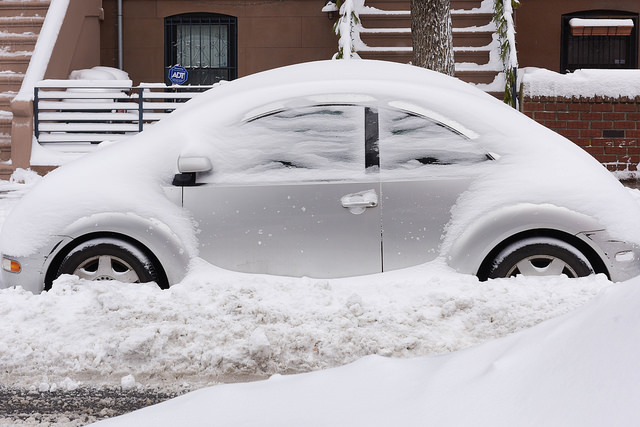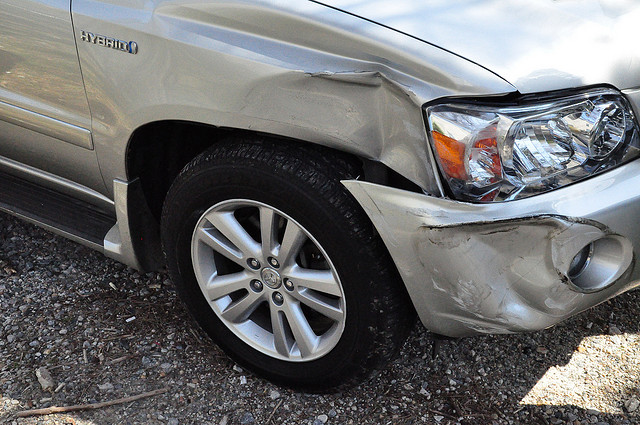These tips are not intended to scare you, but to make you aware of some simple things you can do to prevent being the victim of a crime.

- When you get into an Uber or Lyft, make sure the vehicle matches the description and the driver is who the app shows.
- When riding on metro, try to wait in well lit areas where there are other people and try to get into a train car with other people, rather than being alone.
- Be very careful using outside ATMs at night or in unfamiliar surroundings.
- When walking, face the oncoming traffic. It will be harder for someone to pull you into a car and abduct you. You can also see cars coming in your lane.
- Tell someone where you’ll be and what time you’re supposed to return, or if you will be with someone you don’t know well.
- If you are meeting someone new for the first time, meet in a public place.
- Don’t overload yourself with packages. If you must have your hands full, visualize how you would respond if approached, how you would get your hands free, etc.
- Don’t wear earbuds or headphones, while walking or jogging.
- Don’t read or get distracted by your cell phone while walking or standing on the street.
- Pay attention to what is going on around you and be aware of people near you.
Photo: Antonio Touriño


 Having a car accident is a very upsetting, stressful situation. Being prepared and knowing what to do can make things a little bit easier. Make sure you know which host parent to call in case of an accident.
Having a car accident is a very upsetting, stressful situation. Being prepared and knowing what to do can make things a little bit easier. Make sure you know which host parent to call in case of an accident. 1. Make Friends – Don’t wait for other au pairs to reach out to you, reach out to them. There are lots of other new au pairs who are feeling the same way you are right now. Set a goal to reach out to one of them each day. Some will respond and some will not. Don’t let that discourage you. No one will ever be mad at you for sending them a message to say hello or ask if they want to do something together. Make friends from various countries and you will also get a chance to practice your English skills together.
1. Make Friends – Don’t wait for other au pairs to reach out to you, reach out to them. There are lots of other new au pairs who are feeling the same way you are right now. Set a goal to reach out to one of them each day. Some will respond and some will not. Don’t let that discourage you. No one will ever be mad at you for sending them a message to say hello or ask if they want to do something together. Make friends from various countries and you will also get a chance to practice your English skills together. The winter has it’s own kind of beauty, but when the days are short and it’s cold outside, some people feel less energetic or even sad. The cold weather can make you feel like staying indoors. For some au pairs, those conditions can cause homesickness to resurface.
The winter has it’s own kind of beauty, but when the days are short and it’s cold outside, some people feel less energetic or even sad. The cold weather can make you feel like staying indoors. For some au pairs, those conditions can cause homesickness to resurface. The best advice for driving in bad winter weather is not to drive at all, if you can avoid it. Don’t go out until the snow plows and sanding trucks have had a chance to do their work, and allow yourself extra time to reach your destination.
The best advice for driving in bad winter weather is not to drive at all, if you can avoid it. Don’t go out until the snow plows and sanding trucks have had a chance to do their work, and allow yourself extra time to reach your destination.
